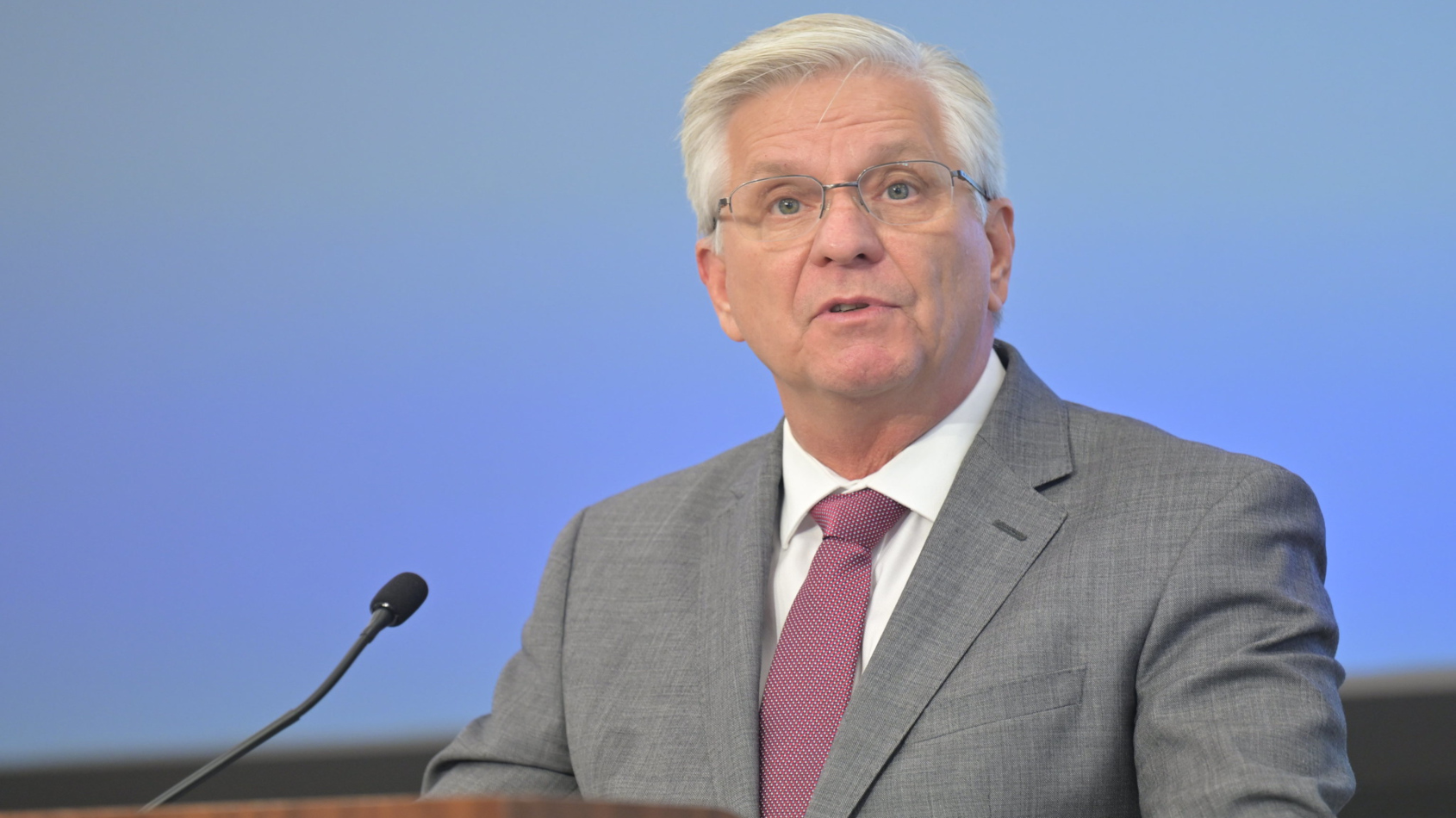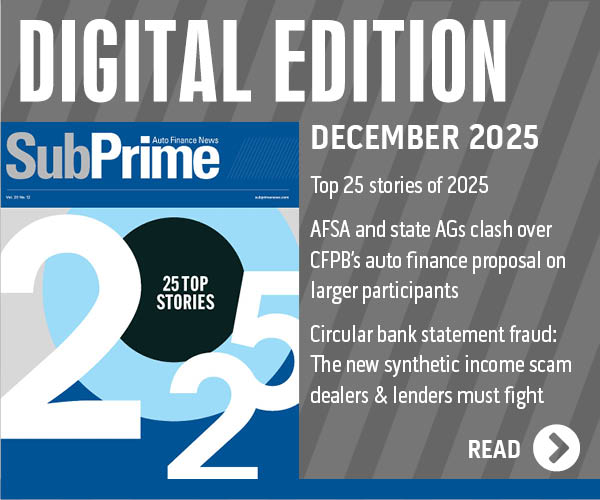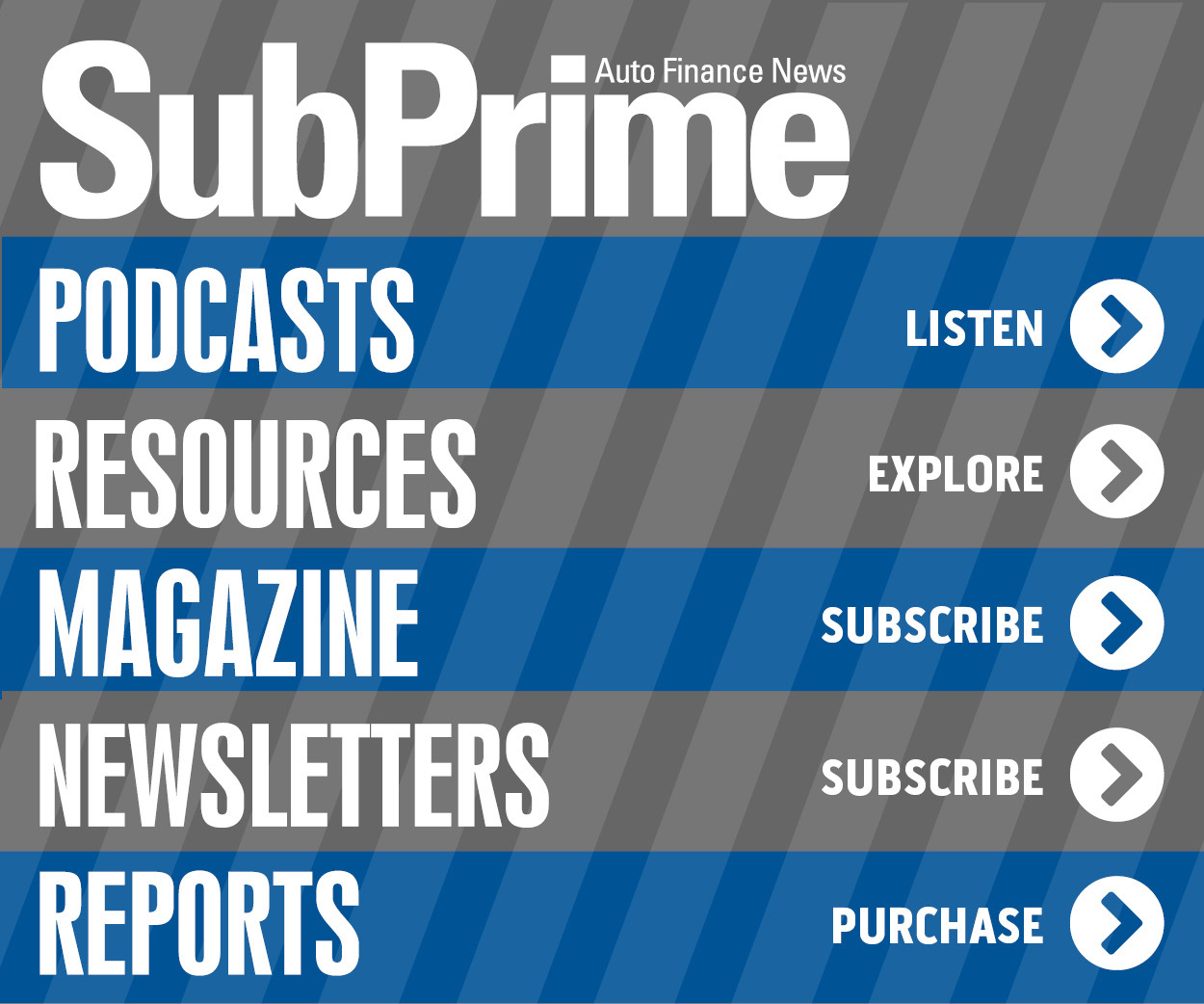Explaining likelihood of another interest-rate cut coming this week

Federal Reserve governor Christopher Waller is pictured at the Payments Innovation Conference on Oct. 21 in Washington, D.C. Image courtesy of the Fed.
By subscribing, you agree to receive communications from Auto Remarketing and our partners in accordance with our Privacy Policy. We may share your information with select partners and sponsors who may contact you about their products and services. You may unsubscribe at any time.
Comerica Bank predicted on Monday that the Federal Reserve will lower the federal funds target rate by a quarter percent to a range of 3.75% to 4.00% when policymakers have their next meeting on Wednesday.
How the Fed potentially arrives at that decision is being complicated by the ongoing federal government shutdown that’s preventing official data on the labor market and other parts of the economy.
“Although private-sector data alternatives are available and a helpful complement to official statistics, they are less informative when they stand alone,” Federal Reserve governor Christopher Waller said during a public appearance at the Council on Foreign Relations in New York earlier this month. “The delay in the September employment report in particular makes it harder to know whether the labor market is continuing to soften or is stabilizing.”
Since Waller and his colleagues do not have multiple government databases to examine, the Federal Open Market Committee (FOMC) member detailed his more conventional approach.
“To deal with this lack of public data, I spend a lot of my time talking to business contacts, whose views help me form my outlook for the economy,” Waller said. “So far that input tends to support—rather than resolve—the contrast we have seen between strong economic activity and a softening labor market. Employers indicate to me that there was some further softening of the labor market last month, while retailers report continued solid spending, with a bit of caution from lower-income households.
“While I feel confident, based on what I know today, that monetary policy should take another step toward a more neutral setting at the FOMC’s next meeting, the path of appropriate policy beyond that point will be influenced by how the conflict between data on economic activity and the labor market is resolved and the expected path of inflation,” he continued.
Subscribe to Auto Remarketing to stay informed and stay ahead.
By subscribing, you agree to receive communications from Auto Remarketing and our partners in accordance with our Privacy Policy. We may share your information with select partners and sponsors who may contact you about their products and services. You may unsubscribe at any time.
“While there are times when the data are consistent and paint a clear picture, the economy is vast and complex, and it is quite often the case that some of the data we look at will point in a different direction from other data and make that picture of the economy fuzzy,” Waller went on to say. “Almost every month, I need to use some judgment in sifting signal from noise in the economic data. It is just part of the job of economic forecasting and policymaking.”
Comerica Bank pointed out that there still has been some federal information surfacing despite the shutdown, including last Friday’s release of the September Consumer Price Index report (CPI).
Comerica Bank chief economist Bill Adams and senior economist Waran Bhahirethan recapped the CPI rose by 0.3% in September, while core CPI, which excludes volatile food and energy prices, increased by 0.2%. As a result, Adams and Bhahirethan noted both the headline and core CPI rose 3.0% year-over-year.
Adams and Bhahirethan added gasoline prices, up 4.1% last month, were the single biggest driver of inflation.
That CPI report gave policymakers “little to dissuade them from a cut,” Adams and Bhahirethan said. “Consumer confidence probably changed little in October, while households’ inflation expectations are anticipated to have remained elevated.”
And perhaps that CPI information won’t sway Waller much during this week’s meeting since he seemed fairly certain earlier this month about how he will proceed toward another rate cut.
“Tariffs have modest effects on inflation, but with underlying inflation close to our goal and expectations of future inflation well anchored, I believe we are on track toward the FOMC’s 2 percent goal,” Waller said. “As a result, my focus is on the labor market, where payroll gains have weakened this year and employment may well be shrinking already. Lower labor supply has surely reduced what would be a good monthly rate of job creation, but I am very skeptical that it could be zero, or a negative number.
“Based on all of the data we have on the labor market, I believe that the FOMC should reduce the policy rate another 25 basis points at our meeting that concludes (on Wednesday). But beyond that point, I will be looking for how the solid GDP data reconcile with the softening labor market,” he went on to say.


